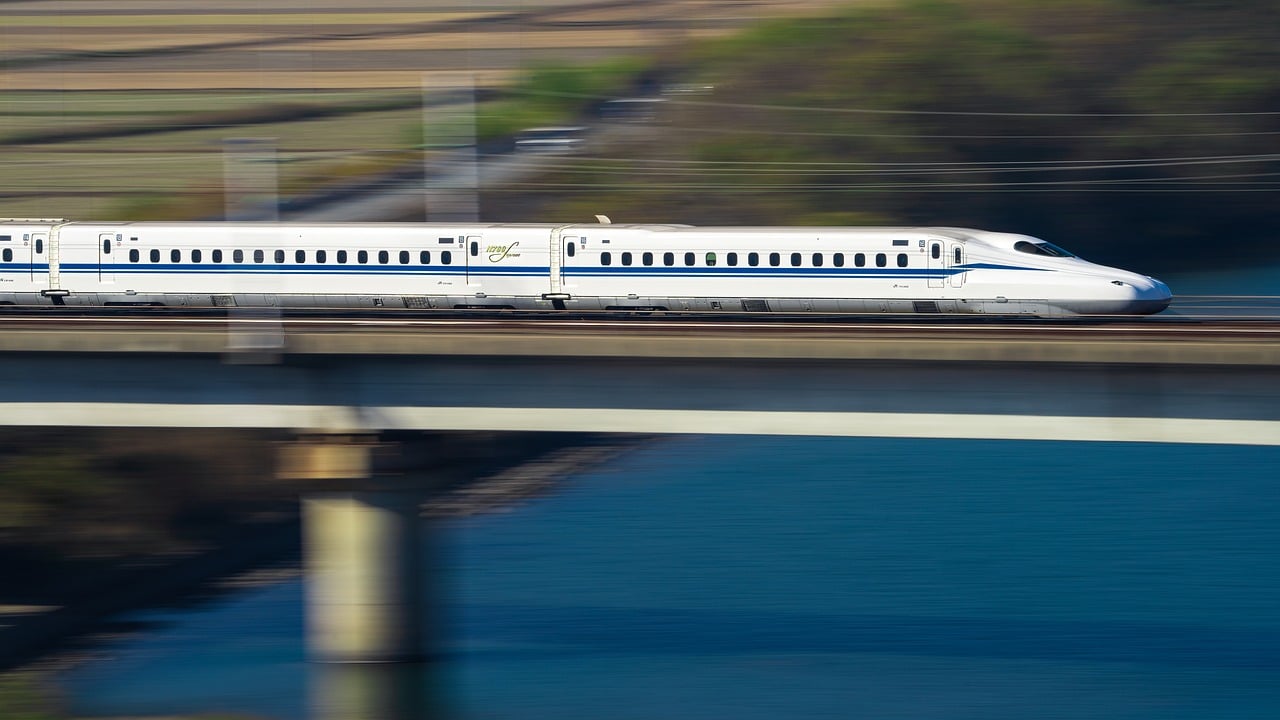
Bullet trains, synonymous with sleek design and breakneck speeds, have revolutionized long-distance travel. These high-speed marvels offer passengers an efficient, comfortable, and safe way to traverse vast distances. But what lies beneath the gleaming exterior? This article delves into the world of bullet trains, exploring the two main technologies that propel them forward: high-speed rail and maglev (magnetic levitation).
High-Speed Rail: The Power of Steel Wheels
The workhorse of the bullet train world, high-speed rail utilizes a familiar principle – steel wheels on steel tracks. However, the similarities with traditional trains end there. High-speed rail systems employ a combination of innovative technologies to achieve their remarkable speeds.
Maglev Trains: The Future of Levitation
Maglev trains represent the cutting edge of bullet train technology. These futuristic marvels utilize magnets to levitate and propel the train, offering a glimpse into the future of transportation.
The Advantages of Bullet Trains
Both high-speed rail and maglev trains offer a plethora of advantages over traditional trains and other modes of transportation:
Looking Ahead: The Future of Bullet Trains
While high-speed rail is currently the more widely adopted technology, maglev trains hold immense potential. As research and development continue, maglev systems are expected to become more cost-effective and see wider implementation. The future of bullet trains is undoubtedly bright, promising even faster, more efficient, and more sustainable travel experiences.
Your email address will not be published. Required fields are marked *



















.jpg)


